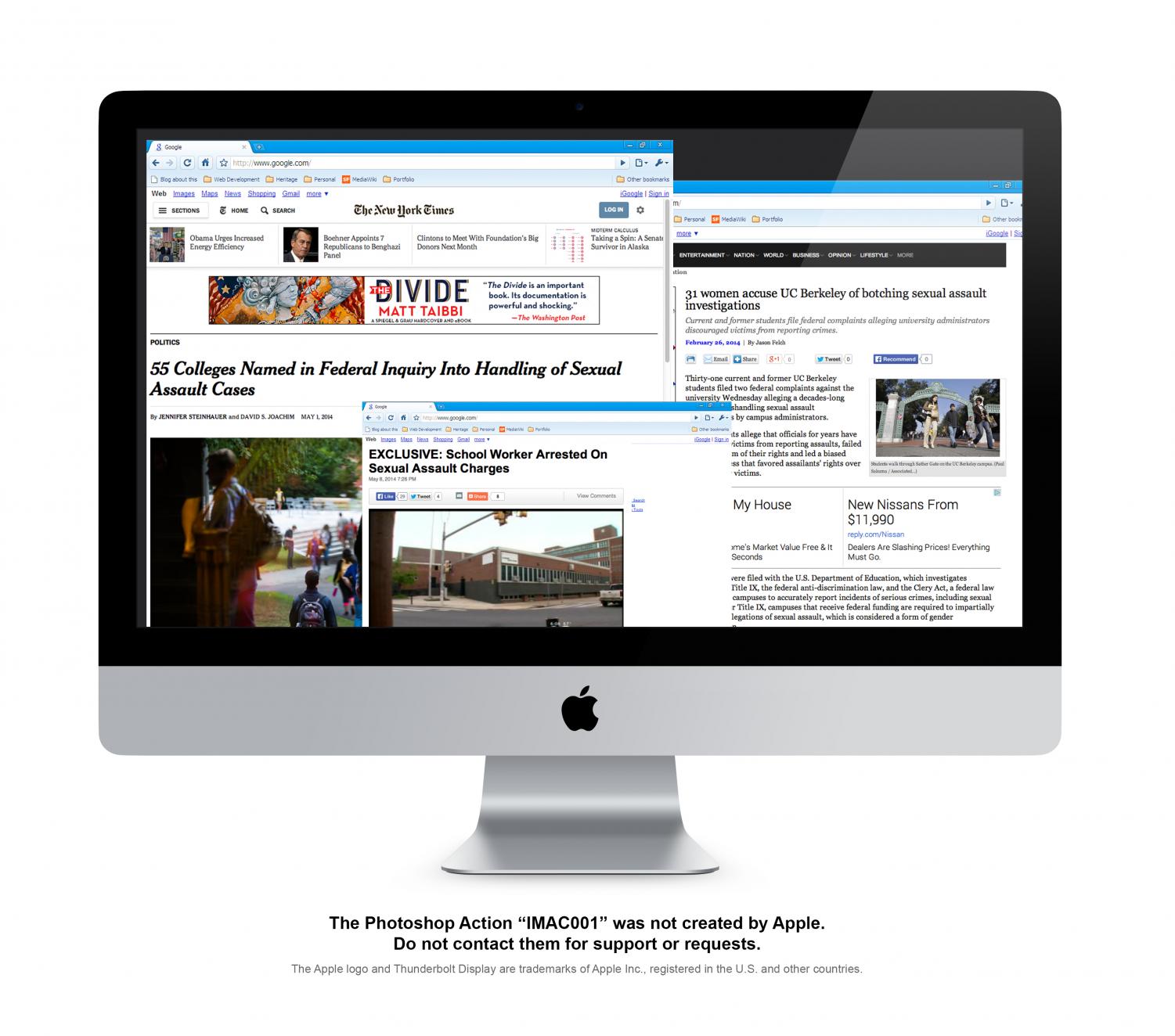Media skew coverage of sexual assaults
May 12, 2014

Sexual Assault
Sexual assault on college campuses has recently become a hot-button topic, but some advocates and victims say the media coverage concerning such assaults doesn’t tell everyone’s story equally.
Some advocates and survivors such as Olivia Ortiz, a fourth-year student at the University of Chicago whose own experience sparked an ongoing U.S. Department of Education investigation regarding its Title IX policies, say news outlets still do not cover as many minority sexual assault cases, which perpetuates an inaccurate stereotype.
“There are particular narratives that the media tries to put forth,” Ortiz said. “The pretty, white young college student getting assaulted in some sort of stranger case. For me at least, I’m a woman of color and I’ve recognized that a lot. I think the media needs to do a better job reaching out to these different groups instead of just speaking for them.”
According to a ChicagoJustice.org data access study, from June 1, 2011 to May 31, 2012, there were 1,619 sexual assaults reported to the Chicago Police Department; however only 205 assaults were covered by the Chicago Tribune and the Sun-Times.
The Community Open Data Access Project, which examined data from the same time period, found that 96 percent of articles reported in the Tribune and the Sun-Times detailed cases of stranger rape, even though only 13.8 percent of rapes against women were committed by strangers. The project also noted that the newspapers were more likely to report rapes committed by black offenders than white or Latino offenders.
The Chicago Maroon, the UofC’s student newspaper, was the first to report on Ortiz’s case and the subsequent Department of Education investigation.
Ortiz said she was repeatedly sexually assaulted by her then-boyfriend and when she went to the college they treated her case as if it was a “fight with a roommate” and not a legitimate crime.
Despite an informal mediation being explicitly prohibited in UofC’s student manual, Ortiz was required to discuss details of her assault during an informal mediation.
That’s when Ortiz reported her case to the Maroon and the Chicago Alliance Against Sexual Exploitation, which found the university violated Ortiz’s Title IX rights when the university allowed an informal mediation to take place. She said she felt like the newspaper could help her get her voice heard.
Ortiz said she is still on a leave of absence for her spring semester because she felt she was not receiving proper mental health treatment from the university. She said she was hospitalized for post-traumatic stress disorder, anxiety and depression and is unsure of when she
will graduate.
After the Maroon reported on Ortiz’s case, other news outlets such as the Hyde Park Herald, ABC7 and Jezebel approached her, Ortiz said. Despite the interest of those
outlets, Ortiz said she wished the case received more coverage to call attention to
the mishandling of sexual assault cases, although she said she was pleased with the
Maroon’s coverage.
Joy Crane, editor-in-chief of the Chicago Maroon and third-year political science and history major at UofC, co-wrote a story about Ortiz in fall 2012 as part of a six-part investigative series about sexual assault on campus. She also broke the news that the university was under a federal investigation.
Crane said she does notice misrepresentation in major media coverage of sexual assault cases.
“It does strike me as slightly peculiar that sexual assault cases will get picked up by local [news] outlets but when it happens at Yale [University], it gets picked up by the New York Times,” Crane said. “I can’t quite wrap my head around why sexual assault at Yale is more important than sexual assault at UofC or any other college.”
Crane also realized her series included no male victims, which is something she regrets because, although they are not reported as often, males can also be victims of sexual assault.
According to the ChicagoJustice.org study, there were 150 male sexual assault victims from June 1, 2011 to May, 2012.Scott Berkowitz, president of the Rape Abuse & Incest National Network, said he thinks news coverage of sexual assault cases has improved, but the media do not cover enough sexual assault cases involving male and LGBTQ victims.
“I think news coverage 20 years ago often [had] a strong veneer of skepticism about victims and most news coverage today has evolved and is much more sympathetic to victims,” Berkowitz said.
Crane noticed when issues such as sexual assault attract media attention, they inspire changes within communities and can sometimes bring justice to victims, as she witnessed in her story.
After her article was published, Crane said campus support groups emerged and the presence of sexual assault advocacy groups increased on campus.
Another change that occurred after the article was published was the retirement of UofC’s Dean of Students, Susan Art, according to a university press release. Ortiz said that Art was involved in the handling of
her case.
“I think the media covered what happened pretty respectfully,” Ortiz said. “I have friends at other institutions who reported and the media completely tore them apart … but everybody that I’ve worked with … has been careful and supportive of the investigation.”







